Have you been trying to grow zucchini and squash only to face the reality of their sudden death? The enemy is the Squash Vine Borer. Every gardener has a way of dealing with this pest. In this post, we will be sharing an effective solution.
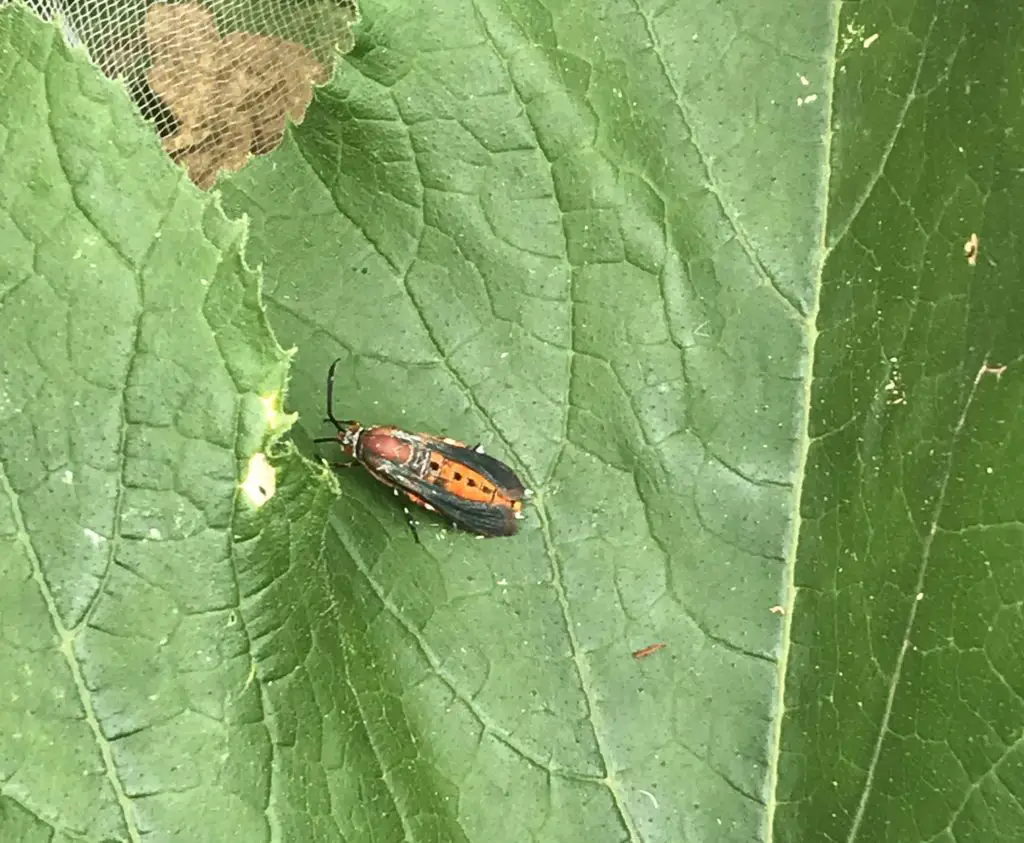
What is a squash vine borer?
Squash vine borer is the larvae of a wasp-like moth. It has black wings and a red body with black dots on the back. This wasp lays its eggs at the base of the squash plant. Once the egg hatches, the larva bores into the stem and feeds on its inner walls, killing the plant slowly.
Learn more about the squash vine borer:
How to identify squash vine borer damage?
Here is how to know the squash borer is the problem
- The plant wilts and dies overnight.
- A yellow sawdust-like residue is found at the base of the stem.
- Cutting through the stem reveals a gray warm.
Some common solutions
There are many tips out there that claim to be able to defeat the vine borer. Unfortunately, most of them were not effective in my garden. Amongst the tricks I tried are:
- Wrapping the base of the plant with foil to block the larva from reaching the stem.
- Dusting the base with powder BT (organic caterpillar killer) to kill the worm as it gets to the plant.
- Injecting liquid BT into the stem.
- Performing squash surgery by opening the stem to find the larva and destroy it.
The six steps that truly defeat the vine borer
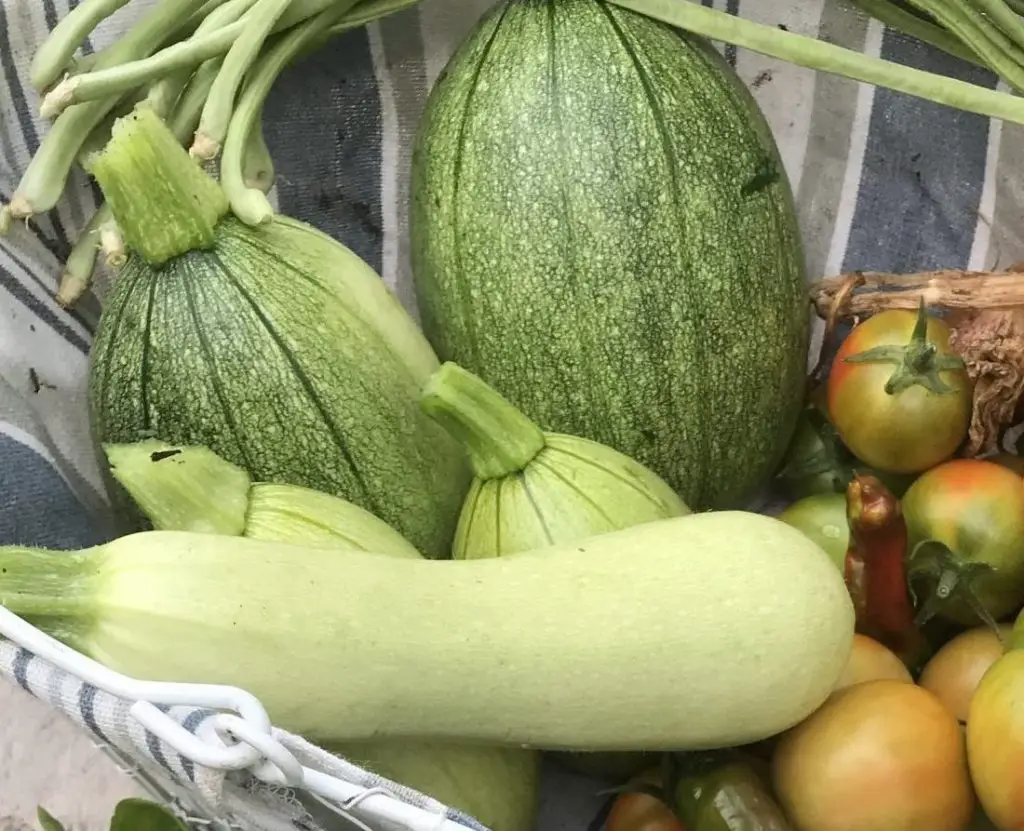
1- Choose the vine borer resistant varieties
The Squash vine borer prefers plants with thick hollow stems. They seem to have more surface for the larva to feed on and move comfortably. Besides, thin-stemmed varieties are vining plants that root themselves easily. If left to crawl in the ground, the new roots create a new feeding source, keeping the plant alive.
Some of these varieties are:
- Tatume squash
- Fairy winter squash
- Sugar-pie baby pumpkin

2- Start the seeds indoors
Starting seeds indoors for squashes and pumpkins is not recommended, yet in this case, it is effective.
Starting the seeds indoors allows an early start on the season. By planting time, the squash plant has already reached a good size. Planting it at this stage gives enough time to produce before any attack takes hold.
3- Plant more than you think you need
Planting more plants than needed might not be ideal for home gardeners with limited space. The idea, however, is to use the sacrifice technique, assuming the borer will attack only some and skip some.
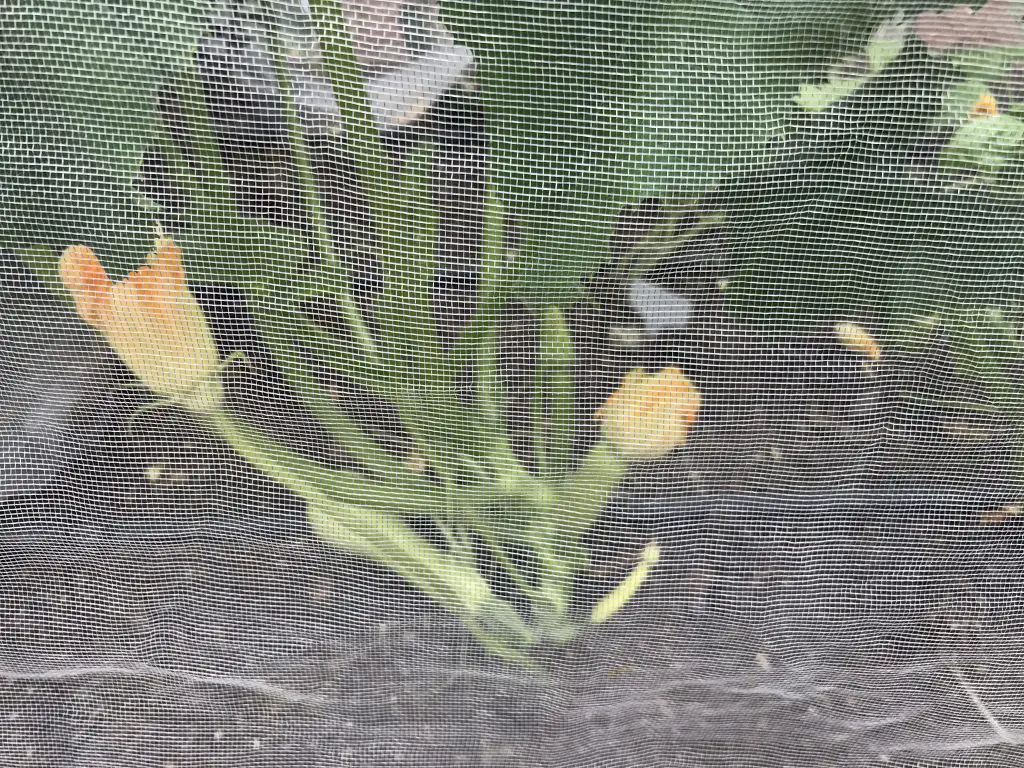
4- Use agro-mesh/ insect barrier
Using garden mesh is similar to using window screens, preventing bugs from entering the house. Setting a barrier blocks the red moth from laying its eggs near the plant.
This solution also works on the white moth that lays eggs on the brassicas during the cool season.
5- Hand pollinate to ensure production
Unfortunately, the mesh cover also blocks the pollinators from doing their job. For this reason, hand pollination is in order.
Once the male and female flowers are in bloom, it is time to pollinate. There are two easy methods:
- Use a Q-tip to rub over the male flower, and pick up the pollen dust. Then, transfer the pollen to the female flower, brushing over its stigma.
- Pluck out the male flower, then remove the petals around it. Rub it over the anther on the female flowers’ stigma.
Make sure to put back the mesh cover.
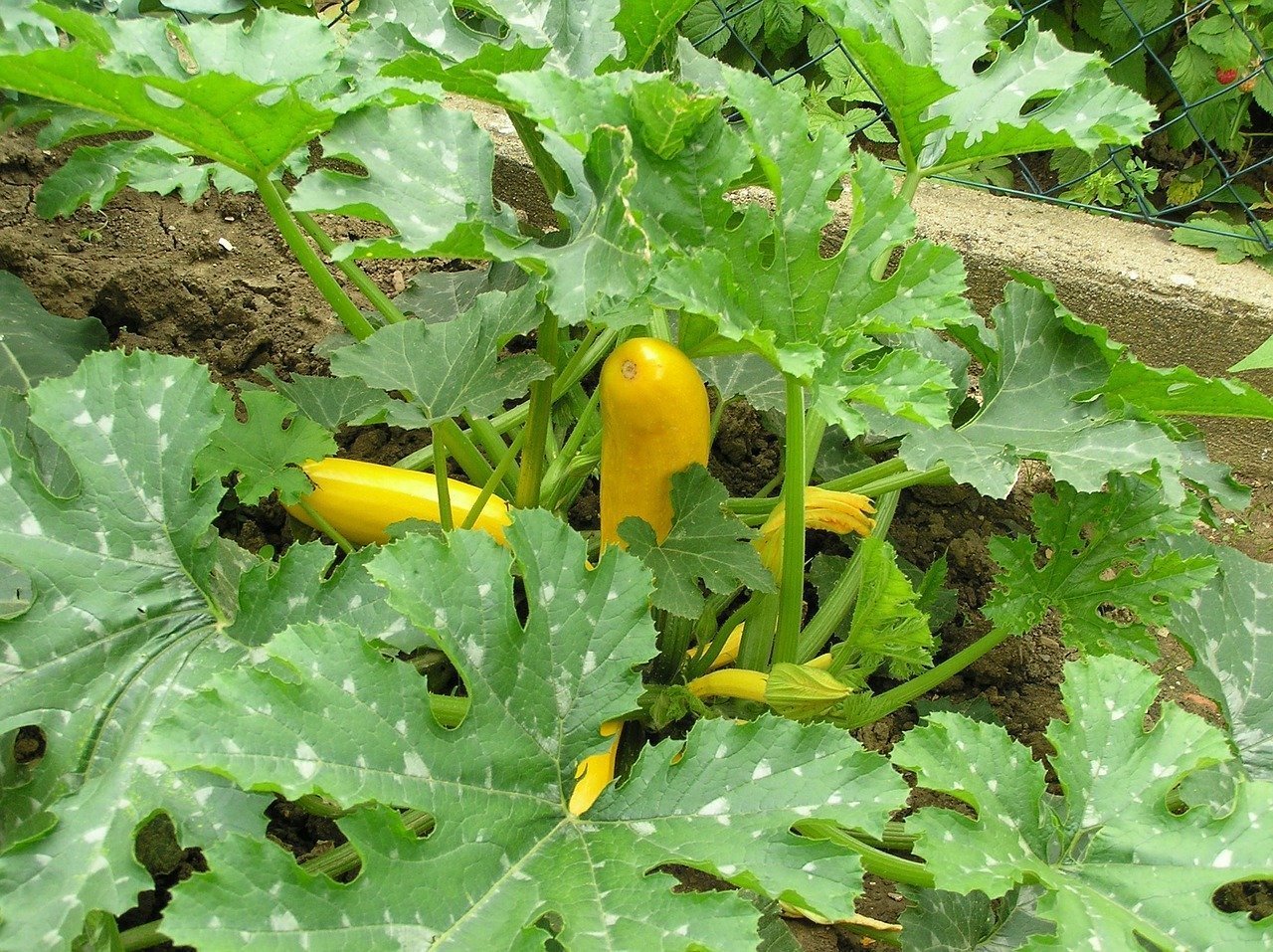

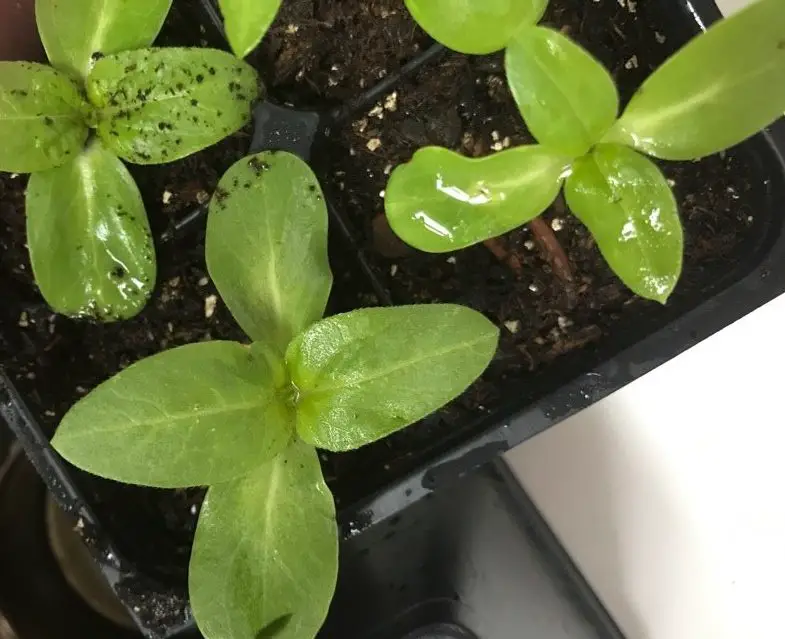
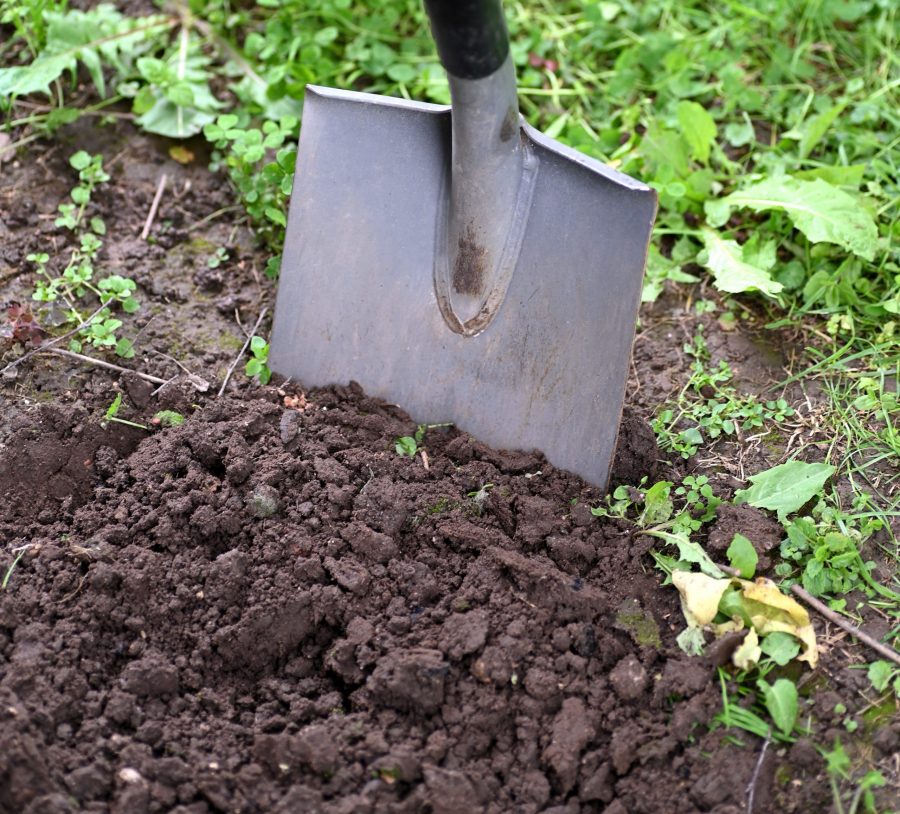

Right here is the perfect webpage for everyone who hopes to find out about this topic. You realize so much its almost hard to argue with you (not that I personally will need to…HaHa). You definitely put a brand new spin on a subject that has been written about for years. Great stuff, just wonderful!